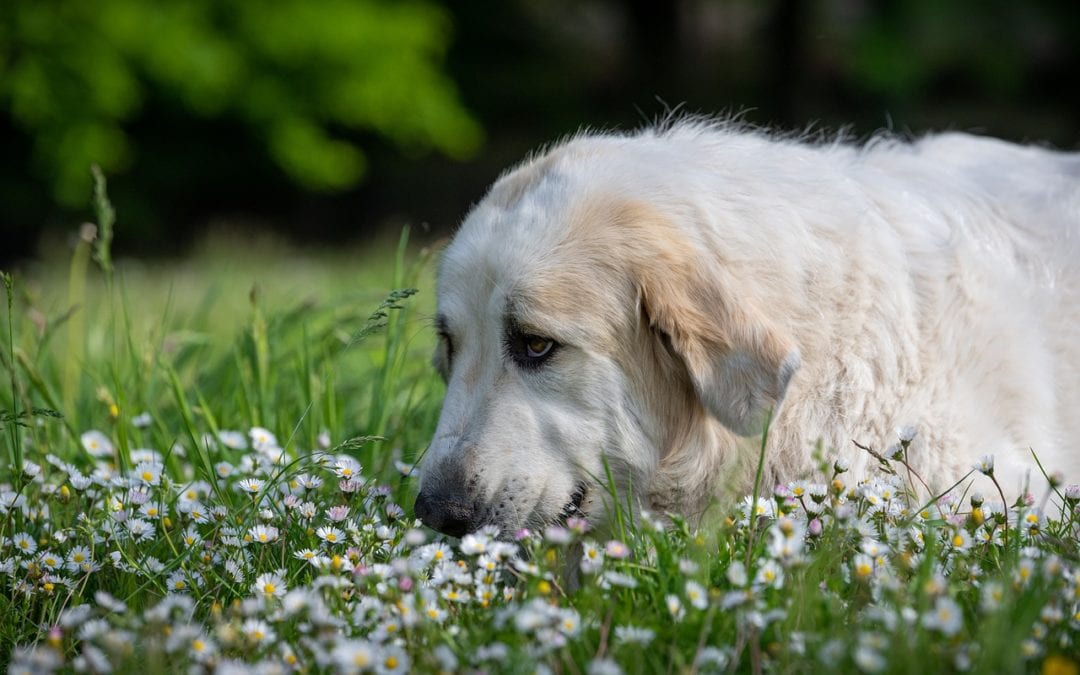Pets can be quite curious, and that curiosity can get them more than they bargained for. If your furry friend meets the wrong end of a stinger from a bee, wasp, or hornet, here’s what you need to know.
If your pet has been stung in the mouth or throat, been stung multiple times, or is having an allergic reaction, with such signs as significant facial swelling, trouble breathing, or collapse, veterinary intervention is needed. Otherwise, you can likely treat your pet’s bee sting at home. Follow these steps to soothe their sting.
Step 1: Remove the bee stinger
Remove the bee’s stinger by scraping a credit card over the affected area. Avoid using tweezers or your nails, since squeezing the stinger may release more venom into your pet. Wasps and hornets do not leave stingers behind.
Step 2: Soothe and neutralize the sting
Soothe the area, and inactivate the venom, by applying a mixture of water and a neutralizing agent to the sting site. Since bee stings are acidic, baking soda and water will neutralize the sting. Wasp stings are alkaline, so vinegar works best.
Step 3: Use ice to reduce inflammation and swelling
Use an ice pack or bag of frozen vegetables wrapped in a towel, apply cold pressure to the sting for 10 minutes, and help reduce the swelling and pain.
Step 4: Contact your veterinarian for advice
If your pet has been stung and is suffering a severe reaction—facial swelling, difficulty breathing, or collapse—take them to your veterinarian immediately. However, if your pet is having only a minor reaction, you may be able to give an over-the-counter medication at home. Contact our team for advice and proper dosage for your furry pal.
If your pet gets stung and experiences an allergic reaction, contact us for help.


